kydenW
TPF Noob!
- Joined
- Jan 3, 2024
- Messages
- 6
- Reaction score
- 5
- Location
- UK
- Can others edit my Photos
- Photos OK to edit
Hi there, I'm new to this forum and would appreciate any advice I could get on post-processing. I'm an amateur aviation photographer and have used the Jetphotos forum however the users there tend to be quite blunt and still being new to this it's not particularly helpful. As an example I'd hope to learn from, I have two images attached - a raw image and one I've 'attempted' to process. Any feedback/advice/tips would be appreciated.
Thanks!
- Kyden


Thanks!
- Kyden


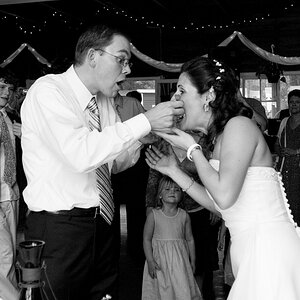
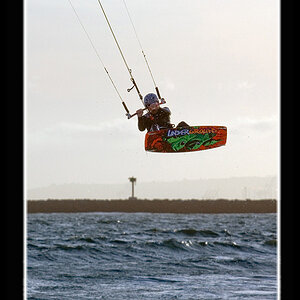
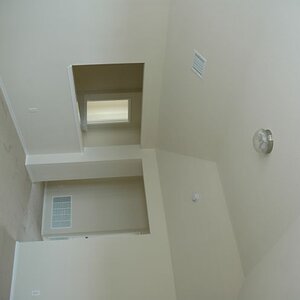
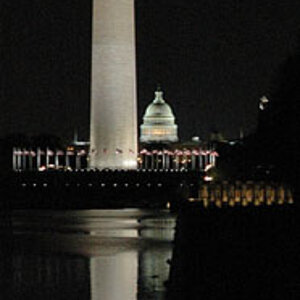
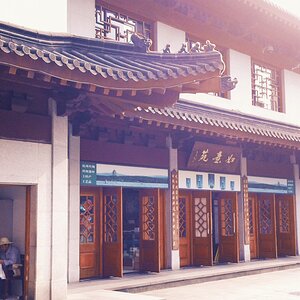
![[No title]](/data/xfmg/thumbnail/31/31706-3e429b21053f11072ed2e5b37c019073.jpg?1619734964)
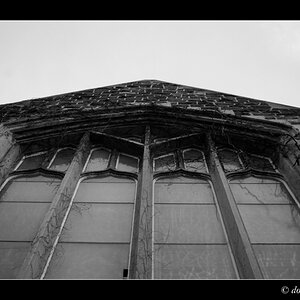
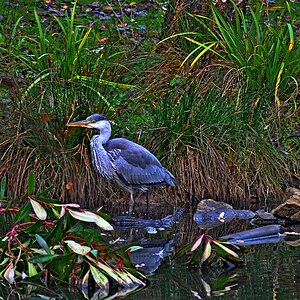
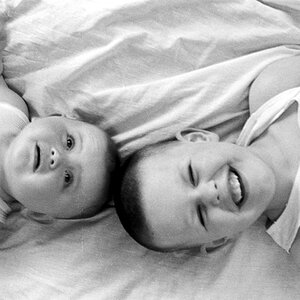
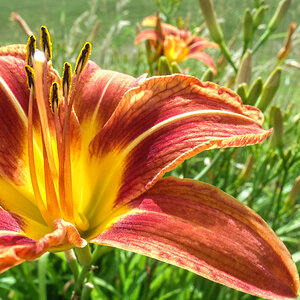
![[No title]](/data/xfmg/thumbnail/34/34125-d7028823900ffcf1cfce62bf748dea24.jpg?1619736295)
![[No title]](/data/xfmg/thumbnail/31/31708-69f4ec98ec000d4fc9a9a1cc282e8e16.jpg?1619734965)